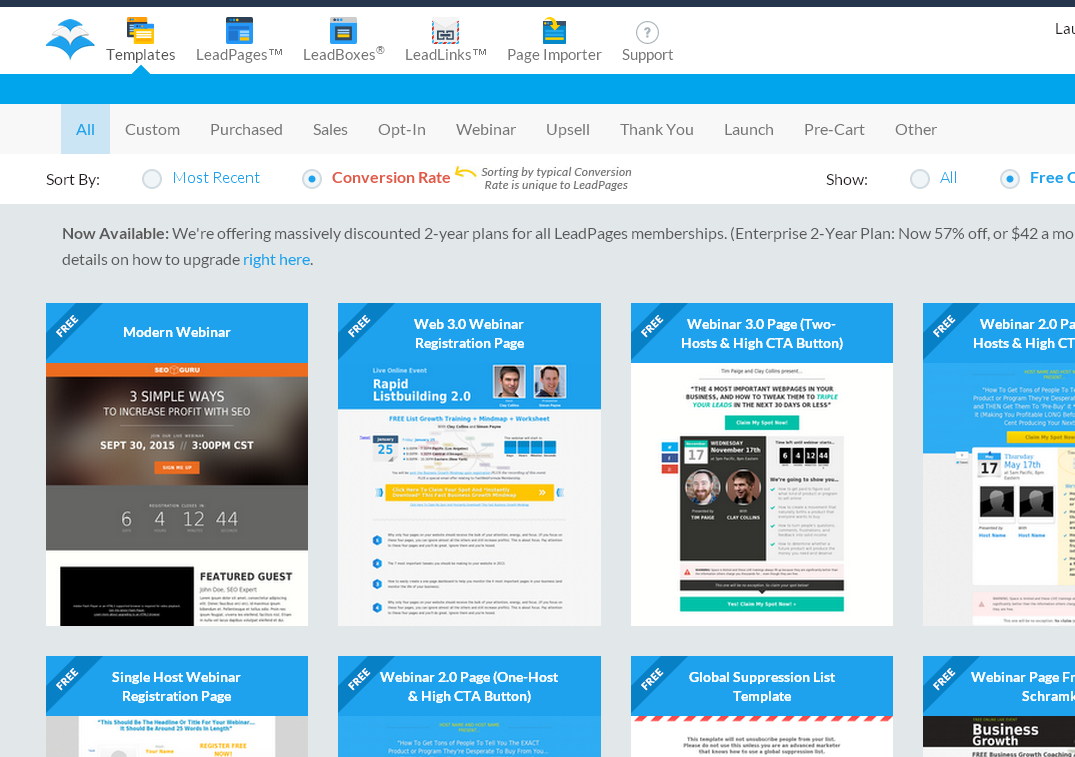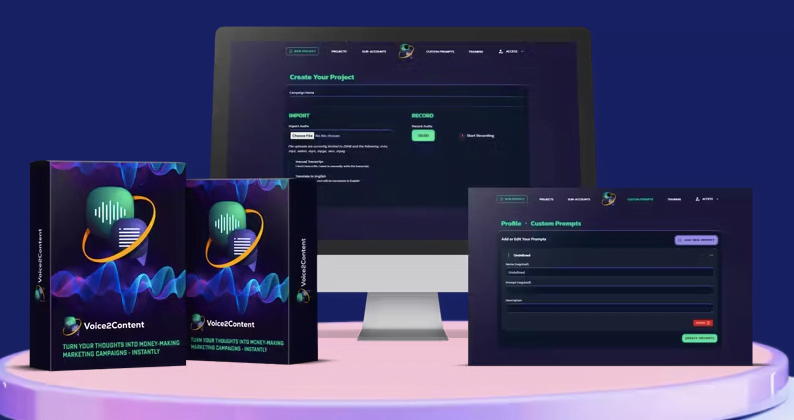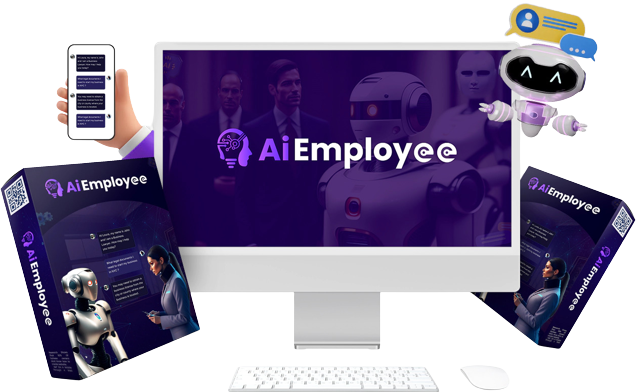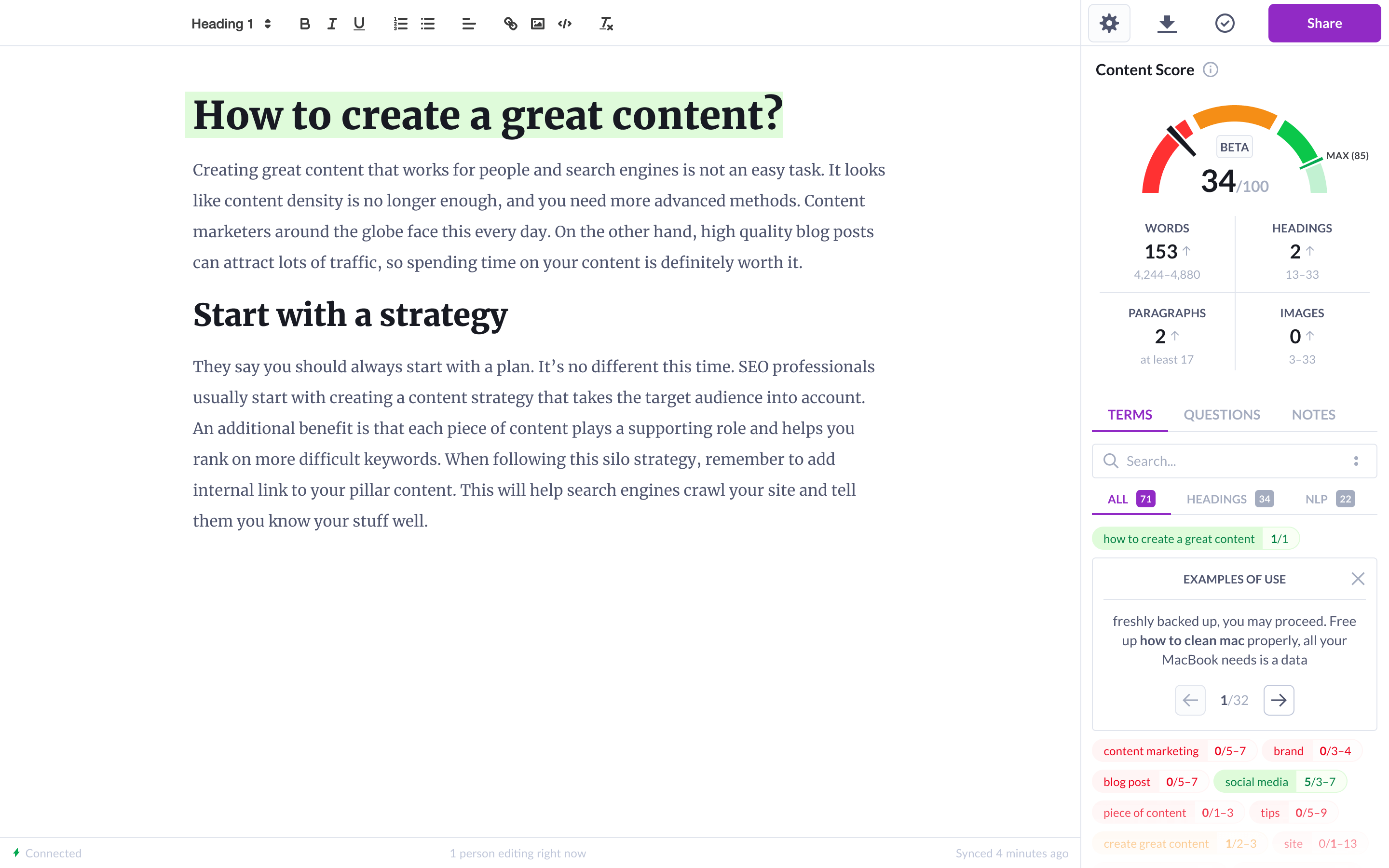In the ever-evolving digital landscape, content creation has become an integral part of businesses and individuals alike. With the rise of multimedia platforms and the increasing demand for engaging content, the need for efficient and accessible content creation tools has never been more significant. Enter Voice2Content, a cutting-edge technology that is revolutionizing the way we create content by harnessing the power of voice.
The Power of Voice: How Voice2Content is Transforming Industries

Unlocking Creativity and Efficiency
Voice2Content empowers content creators by allowing them to seamlessly transform spoken words into written content. By leveraging advanced speech recognition and natural language processing technologies, this innovative solution eliminates the need for manual transcription, saving time and effort. Content creators can now focus on ideation and storytelling, while the technology handles the tedious task of transcription.
Accessibility and Inclusivity
One of the key benefits of Voice2Content is its ability to break down barriers and promote accessibility. For individuals with physical disabilities or those who struggle with traditional typing methods, this technology offers a more inclusive approach to content creation. By enabling voice input, Voice2Content opens up new opportunities for diverse voices to be heard and represented in the digital realm.
Versatility Across Industries
The applications of Voice2Content extend far beyond traditional content creation. Industries such as healthcare, legal, education, and even creative fields like scriptwriting and journalism can benefit from this technology. Medical professionals can seamlessly document patient interactions, lawyers can dictate legal briefs, and authors can explore new avenues of storytelling, all while leveraging the power of voice.
Voice2Content: A Guide to Using Your Voice to Create Engaging Content

Setting Up Your Voice2Content Environment
To begin your Voice2Content journey, you’ll need to choose a compatible software or platform. Many popular solutions offer built-in voice recognition capabilities, while others may require the integration of third-party tools. Once you’ve selected your preferred option, follow the setup instructions to calibrate the software to your voice and preferences.
Mastering Voice Commands and Dictation
Effective voice dictation requires practice and familiarity with the available commands. Most Voice2Content solutions offer a range of voice commands for formatting, punctuation, and navigation, allowing you to create structured content with minimal physical input. Experiment with different commands and techniques to find the workflow that suits you best.
Enhancing Content with Voice-Enabled Features
Beyond basic dictation, many Voice2Content tools offer advanced features to enhance your content creation experience. These may include voice-activated formatting options, automatic grammar and spelling corrections, and even the ability to insert multimedia elements like images or videos using voice commands.
Voice2Content Tools and Technologies: A Comprehensive Overview

Popular Voice2Content Software and Platforms
- Dragon NaturallySpeaking
- Google Voice Typing
- Microsoft Dictate
- Apple Dictation
- Amazon Transcribe
Speech Recognition and Natural Language Processing
At the core of Voice2Content technology lies speech recognition and natural language processing (NLP). Speech recognition converts spoken words into text, while NLP analyzes and interprets the meaning and context of the spoken language, enabling accurate transcription and content generation.
Integration with Productivity and Content Management Tools
Many Voice2Content solutions seamlessly integrate with popular productivity and content management tools, allowing for a streamlined workflow. From word processors and note-taking apps to content management systems and blogging platforms, these integrations enable seamless voice-to-text conversion and content publishing.
The Future of Content Creation: The Rise of Voice2Content

Advancements in AI and Machine Learning
As artificial intelligence (AI) and machine learning technologies continue to evolve, Voice2Content solutions are poised to become even more sophisticated. Improved speech recognition accuracy, context-aware language processing, and advanced content formatting capabilities are on the horizon, further enhancing the efficiency and effectiveness of voice-driven content creation.
Multimodal Content Creation
The future of Voice2Content may also involve the integration of multiple modalities, such as voice, text, and visual inputs. By combining voice commands with text editing and image or video insertion, content creators could enjoy a truly immersive and intuitive content creation experience.
Voice-Enabled Content Personalization
Another exciting prospect is the potential for Voice2Content to enable personalized content creation. By analyzing the user’s voice patterns, preferences, and writing style, these solutions could adapt and tailor the content to suit individual needs and preferences, resulting in a more personalized and engaging experience for both creators and consumers.
Voice2Content: Benefits and Challenges for Content Creators

Benefits of Voice2Content
- Increased Productivity: Voice dictation allows for faster content creation, reducing the time spent on typing and transcription.
- Accessibility: Voice2Content opens up content creation opportunities for individuals with physical disabilities or those who struggle with traditional input methods.
- Improved Ergonomics: Reducing typing strain can help prevent repetitive strain injuries and promote better overall physical well-being.
- Multimodal Input: The ability to seamlessly switch between voice and text input modes offers flexibility and adaptability.
Challenges and Considerations
- Accuracy: Speech recognition accuracy can be impacted by factors such as accents, background noise, and unfamiliar terminology.
- Privacy and Security: Ensuring the privacy and security of voice data is crucial, especially in sensitive or confidential contexts.
- Training and Adaptation: Users may need to invest time in training the software to recognize their voice patterns and adapt to their speaking style.
- Workflow Integration: Integrating Voice2Content solutions into existing workflows and content management systems may require additional setup and configuration.
Voice2Content: Best Practices for Effective Content Creation
Optimizing Your Voice2Content Setup
- Choose a quiet and distraction-free environment for voice dictation.
- Invest in a high-quality microphone or headset for clear audio input.
- Customize the Voice2Content software settings to suit your preferences and speaking style.
- Regularly update and maintain the software to ensure optimal performance.
Developing Effective Voice Dictation Techniques
- Speak clearly and at a moderate pace for better recognition accuracy.
- Use appropriate pauses and inflections to aid in punctuation and formatting.
- Familiarize yourself with voice commands for formatting, navigation, and editing.
- Practice regularly to improve your fluency and efficiency with voice dictation.
Integrating Voice2Content into Your Workflow
- Identify the content types and tasks best suited for voice dictation.
- Establish a seamless integration between your Voice2Content solution and other productivity tools.
- Develop a structured approach to content creation, incorporating voice dictation where appropriate.
- Leverage voice commands and features to streamline formatting and editing tasks.
Case Studies: How Organizations are Leveraging Voice2Content
Healthcare: Improving Patient Documentation
Healthcare organizations have embraced Voice2Content technology to streamline patient documentation and medical record keeping. By leveraging voice dictation, healthcare professionals can efficiently document patient interactions, treatments, and observations, freeing up time for more direct patient care.
Legal: Enhancing Productivity in Law Firms
Law firms and legal professionals have recognized the benefits of Voice2Content in enhancing productivity and efficiency. Attorneys can dictate legal briefs, contracts, and other documents, reducing the time spent on manual typing and increasing their overall output.
Education: Empowering Students and Educators
Voice2Content solutions have found applications in the education sector, benefiting both students and educators. Students with learning disabilities or physical challenges can leverage voice dictation to complete assignments and projects, while educators can create engaging lesson plans and course materials more efficiently.
Creative Industries: Unlocking New Storytelling Possibilities
Writers, scriptwriters, and content creators in various creative industries have embraced Voice2Content as a tool to enhance their creative process. By allowing for hands-free content creation, these solutions enable writers to capture their ideas and narratives more naturally and fluidly.
Voice2Content for Accessibility: Making Content Accessible to All
Supporting Individuals with Disabilities
Voice2Content technology plays a crucial role in promoting accessibility and inclusivity in content creation. For individuals with physical disabilities, such as those with limited mobility or dexterity, voice dictation offers a viable alternative to traditional input methods, enabling them to create and contribute content more easily.
Enhancing Access to Information
Beyond content creation, Voice2Content solutions can also improve access to information for individuals with visual or cognitive impairments. By enabling the conversion of written content into audio formats, these technologies can make information more accessible and consumable for a wider range of users.
Promoting Diversity and Representation
By breaking down barriers to content creation, Voice2Content empowers diverse voices and perspectives to be heard and represented in the digital realm. This can lead to a more inclusive and representative digital landscape, reflecting the richness and diversity of our global society.
The Ethical Considerations of Voice2Content
Privacy and Data Security
As with any technology that involves personal data, privacy and data security are critical considerations in the realm of Voice2Content. Content creators and organizations must ensure that appropriate measures are in place to protect the privacy of voice recordings and prevent unauthorized access or misuse of sensitive data.
Ethical Use of Voice Data
Content creators utilizing Voice2Content technology must be mindful of the ethical implications of collecting and storing voice data. Transparency in how voice data is used, stored, and shared is essential to maintain trust with users and ensure compliance with data protection regulations.
Bias and Fairness in Voice Recognition
Another ethical consideration in Voice2Content revolves around bias and fairness in voice recognition algorithms. Developers and content creators must be vigilant in identifying and mitigating biases that may exist in speech recognition systems to ensure fair and equitable treatment for all users, regardless of their background or characteristics.
User Consent and Control
Respecting user consent and providing individuals with control over their voice data are fundamental ethical principles in Voice2Content. Content creators should obtain explicit consent from users before recording or processing their voice data and offer clear options for users to manage and delete their data as needed.
Conclusion
Voice2Content represents a transformative shift in the way content is created, offering a more intuitive, efficient, and accessible approach to content production. By harnessing the power of voice technology, content creators can streamline their workflows, enhance productivity, and unlock new creative possibilities. However, along with its benefits come challenges and ethical considerations that must be addressed to ensure responsible and inclusive use of Voice2Content technologies.
As Voice2Content continues to evolve and integrate with other modalities and technologies, its potential to revolutionize content creation across industries is vast. From healthcare to education, legal to creative industries, Voice2Content is reshaping how content is generated, personalized, and consumed. By embracing best practices, addressing challenges, and upholding ethical standards, content creators can leverage Voice2Content to create engaging, diverse, and accessible content for audiences worldwide.







